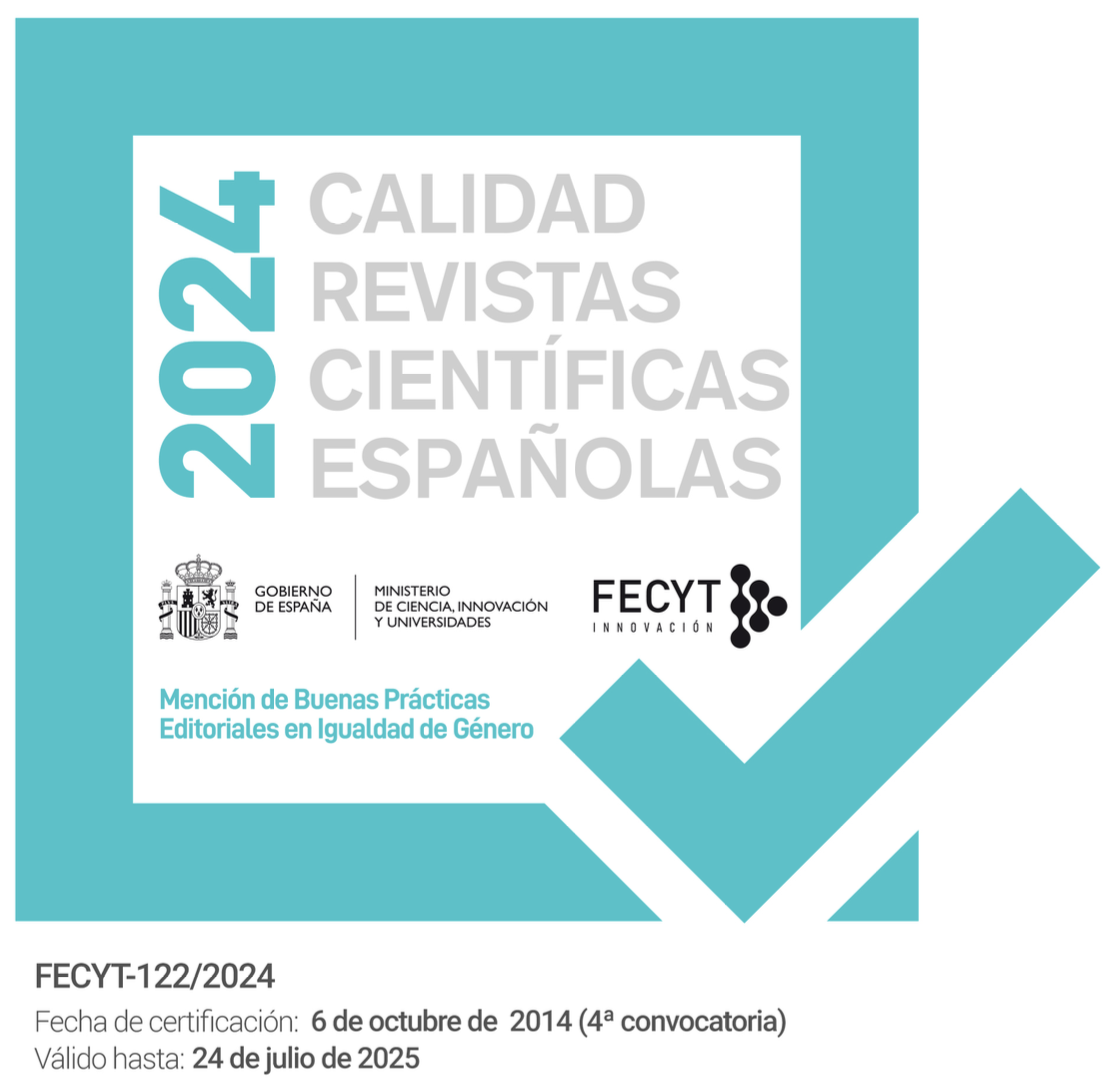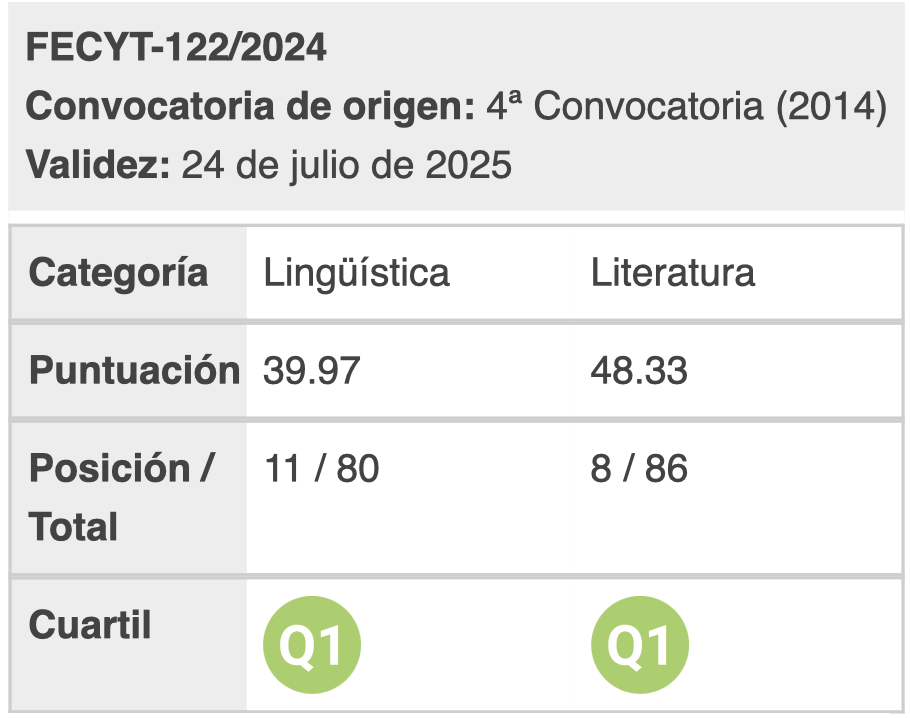On the Analogical Suffixation of Paired Antonyms: The Case of English innie and outie
DOI:
https://doi.org/10.28914/Atlantis-2020-42.1.10Abstract
In English, there are a series of paired antonyms ending with the same suffix, particularly in slang or colloquial speech—stardom, regulardom/unknowndom; friendship, enemyship; singlehood, marriedhood, etc. This article looks into the tenets of the analogical suffixation of paired antonyms (ASPA), which is the process that is thought to underlie the mechanisms of morphological analogy and semantic complementation in the structuring of same-suffixed antonymic pairs (APs). In the study of ASPA, the AP innie/outie is used to explore the interconnection of antonymy, suffixation and analogy in the twenty-nine senses identified in the corpora (News on the Web Corpus and Lexis Nexis Academic). This case study shows that the semantic composition of the AP is the result of overlapping categories that involve the bases (in-, out-), the attached suffix (-ie/y), the complementary and coalescent nature of the pairs and the morphological adaptation undergone by the etymons to fit into the pairing markedness. The process of ASPA is a universal and scalar property that depends on the semantic opacity of bases, the sociolinguistic value of the word stock and the concept of lexical creativity. The examination of the morphological analogy of paired antonyms can shed more light on the predictability and performance (profitability) of word-formation mechanisms in both mainstream and peripheral lexis.
Downloads
Metrics
References
Aronoff, Mark. 1976. Word Formation in Generative Grammar. Cambridge, MA: MIT Press.
Audring, Jenny and Francesca Masini, eds. 2016. The Oxford Handbook of Morphological Theory. Oxford: Oxford UP.
Bardsley, Dianne and Jane Simpson. 2009. “Hypocoristics in New Zealand and Australian English.” In Peters, Collins and Smith 2009, 46-49.
Bauer, Laurie. 2001. Morphological Productivity. Cambridge: Cambridge UP.
—. 2008. “Derivational Morphology.” Language and Linguistics Compass 2 (1): 196-210.
Bauer, Laurie and Rodney Huddleston. 2002. “Lexical Word-formation.” In Huddleston and Pullum 2002, 1621-721.
Bauer, Laurie, Rochelle Lieber and Ingo Plag. 2015. The Oxford Reference Guide to English Morphology. Oxford: Oxford UP.
Booij, Geert. 2018a. “The Construction of Words: Introduction and Overview.” In Booij 2018b, 3-18.
—, ed. 2018b. The Construction of Words: Advances in Construction Morphology. Cham: Springer.
Booij, Geert, Christian Lehmann and Joachim Mudgan, eds. 2000. An International Handbook on Inflection and Word-Formation. Berlin and New York: De Gruyter.
Chomsky, Noam. 1964. Current Issues in Linguistic Theory. The Hague and Paris: Mouton.
Cruse, David A. 1986. Lexical Semantics. Cambridge: Cambridge UP.
—. 2000. Meaning in Language. Oxford: Oxford UP.
Cruse, David A. and Pagona Togia. 1995. “Towards a Cognitive Model of Antonymy.” Lexicology 1 (1): 113-41.
Davies, Mark. 2016. News on the Web Corpus (NOW). [Accessed online May-August, 2019].
Dressler, Wolfgang U. and Lavinia M. Barbaresi. 2001. “Morphopragmatics of Diminutives and Augmentatives: On the Priority of Pragmatics over Semantics.” In Harrish and Kenesei 2001, 43-58.
Eble, Connie. 1996. Slang and Sociability. Chapel Hill and London: U. of North Carolina P.
Fernández-Domínguez, Jesús. 2015. “The Syntagmatic and Paradigmatic Axes of Productivity: An Application to the Onomasiological Model of Word-formation.” SKASE Journal of Theoretical Linguistics 12 (3): 218-37.
Geeraerts, Dirk. 2010. Theories of Lexical Semantics. Oxford: Oxford UP.
Gross, Derek and Katherine J. Miller. 1990. “Adjectives in WordNet.” International Journal of Lexicography 3 (4): 265-77.
Harrish, Robert M. and Istvan Kenesei, eds. 2001. Perspectives on Semantics, Pragmatics and Discourse: A Festschrift for Ferenc Kiefer. Amsterdam and Philadelphia: John Benjamins.
Haspelmath, Martin. 2002. Understanding Morphology. London: Arnold.
Huddleston, Rodney and Geoffrey K. Pullum, eds. 2002. The Cambridge Grammar of the English Language. Cambridge: Cambridge UP.
Jackendoff, Ray and Jenny Audring. 2016. “Relational Morphology in the Parallel Architecture.” In Audring and Masini 2016, 390-408.
Jones, Steven, et al. 2012. Antonyms in English: Construals, Constructions and Canonicity. Cambridge: Cambridge UP.
Kastovsky, Dieter. 1986. “The Problem of Productivity in Word-formation.” Linguistics 24 (3): 585-600.
Kreidler, Charles. 2000. “Clipping and Acronymy.” In Booij, Lehmann and Mudgan 2000, 956-96.
Lappe, Sabine. 2007. English Prosodic Morphology. Dordrecht: Springer.
Lehrer, Adrienne and Keith Lehrer. 1982. “Antonymy.” Linguistics and Philosophy 5 (4): 483-501.
LexisNexis Academic (LNA). 2018. [Accessed online May-August, 2019].
Lieber, Rochelle. 2004. Morphology and Lexical Semantics. Cambridge: Cambridge UP.
Lipka, Leonhard. 2002. English Lexicology: Lexical Structure, Word Semantics and Word Formation. Tübingen: Gunter Narr.
Lyons, John. 1963. Structural Semantics. Oxford: Blackwell.
MacKenzie, Ian. 2014. “Lexical Innovation: Cromulently Embiggening a Language.” Alicante Journal of English Studies 27: 91-105.
Marchand, Hans. 1969. Categories and Types of Present-Day English Word-Formation. London: Unwin.
Mattiello, Elisa. 2016. “Analogical Neologisms in English.” Italian Journal of Linguistics 28 (2): 103-42.
Merriam-Webster Dictionary Online. 2018a. s.v. “Innie.” [Accessed online on December 10, 2018].
—. 2018b. s.v. “Outie.” [Accessed online on December 10, 2018].
Murphy, M. Lynne. 2003. Semantics Relations and the Lexicon. Cambridge: Cambridge UP.
Oxford English Dictionary Online. 2018a. s.v. “Innie.” [Accessed online on September 14, 2018].
Oxford English Dictionary Online. 2018b. s.v. “Outie.” [Accessed online on September 14, 2018].
Paradis, Carita, Caroline Willners and Steven Jones. 2009. “Good and Bad Opposites: Using Textual and Experimental Techniques to Measure Antonym Canonicity.” The Mental Lexicon 3: 380-429.
Peters, Pam, Peter Collins and Adam Smith, eds. 2009. Comparative Studies in Australian and New Zealand English: Grammar and Beyond. Amsterdam and Philadelphia: John Benjamins.
Plag, Ingo. 1999. Morphological Productivity. Berlin and New York: De Gruyter.
Quirk, Randolph et al. 1985. A Comprehensive Grammar of the English Language. London: Longman.
Ramsaran, Susan, ed. 1990. Studies in the Pronunciation of English: A Commemorative Volume in Honour of A. C. Gimson. London and New York: Routledge.
Schneider, Klaus P. 2003. Diminutives in English. Tübingen: Niemeyer.
Sornig, Karl. 1981. Lexical Innovation: A Study of Slang, Colloquialisms and Casual Speech. Amsterdam and Philadelphia: John Benjamins.
Wales, Katie. 1990. “Phonotactics and Phonoæsthesia: The Power of Folk Lexicology.” In Ramsaran 1990, 339-51.
Willners, Caroline. 2001. “Antonyms in Context. A Corpus-based Semantic Analysis of Swedish Descriptive Adjective.” PhD diss., Lund University.
Zimmer, Karl. 1964. Affixal Negation in English and Other Languages: An Investigation of Restricted Productivity. Supplement to Word 20 (2), Monograph 5. London: William Clowes and Sons.








